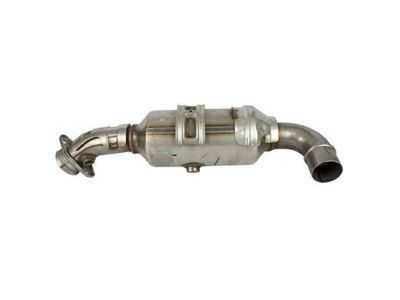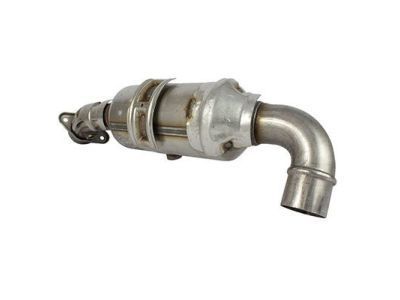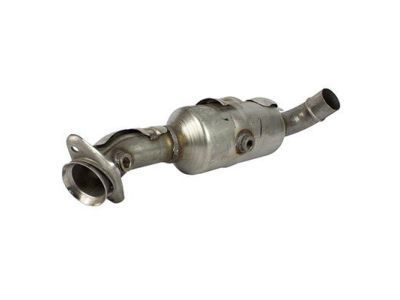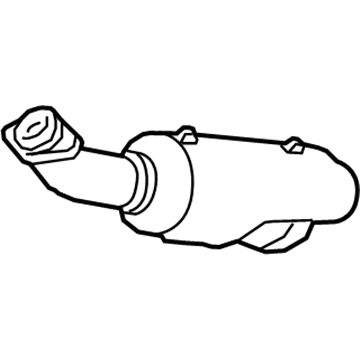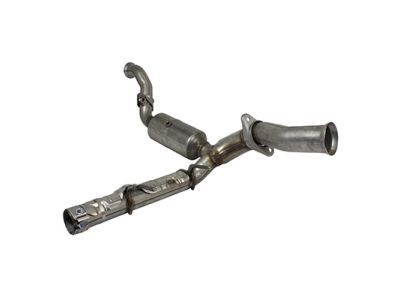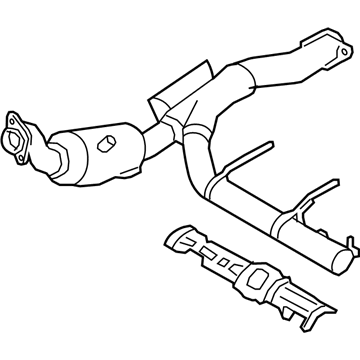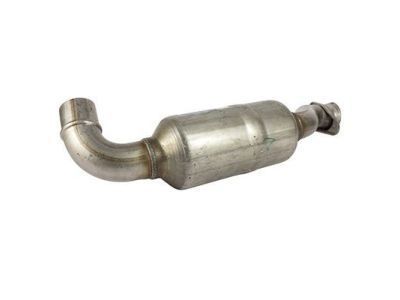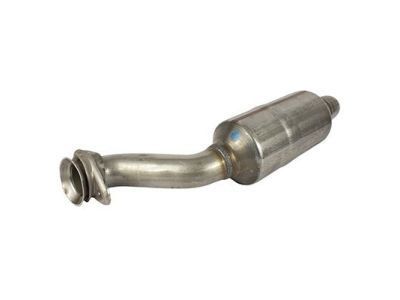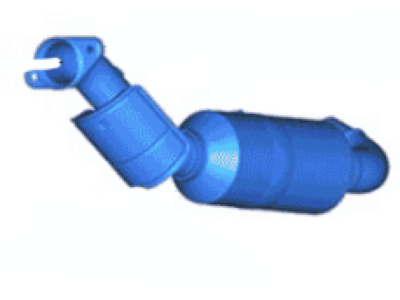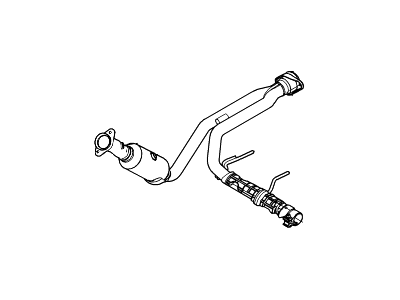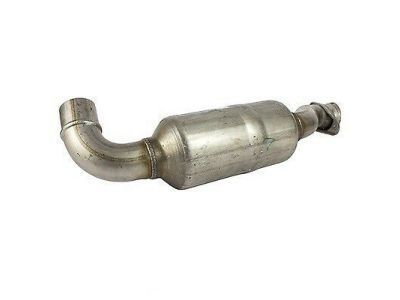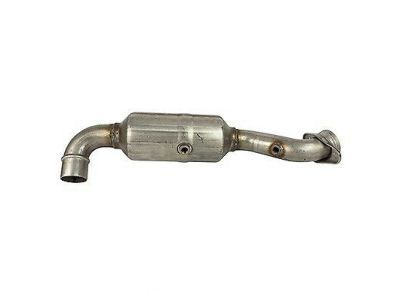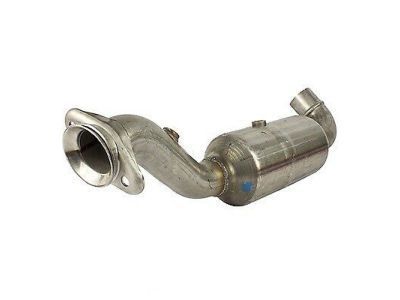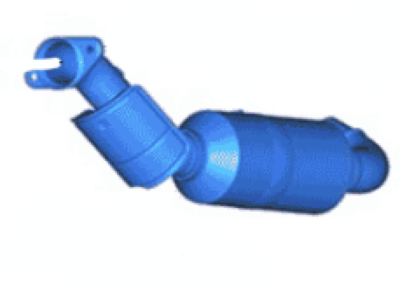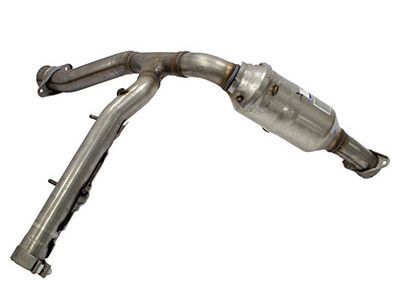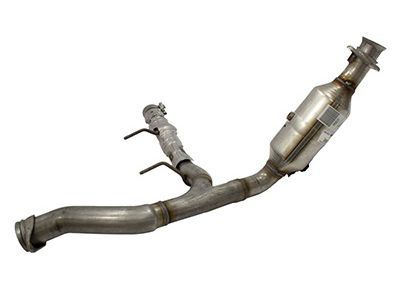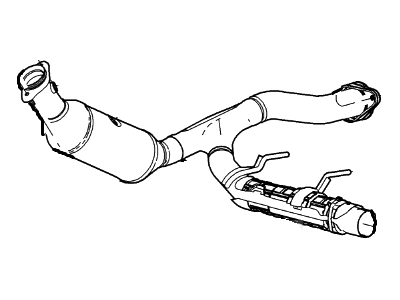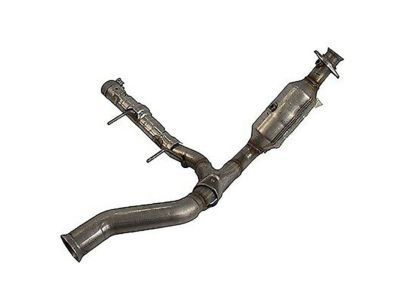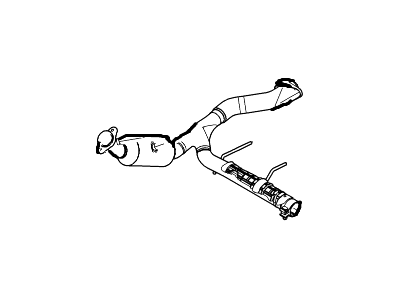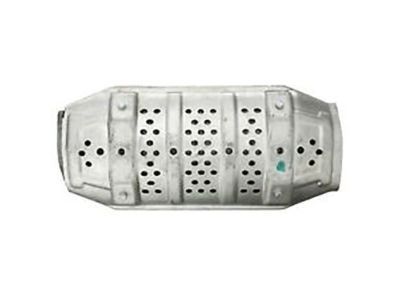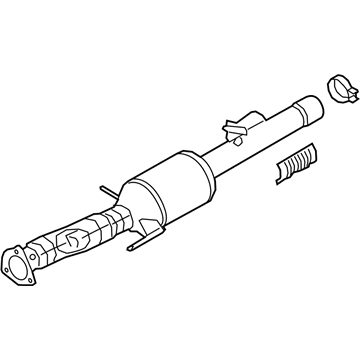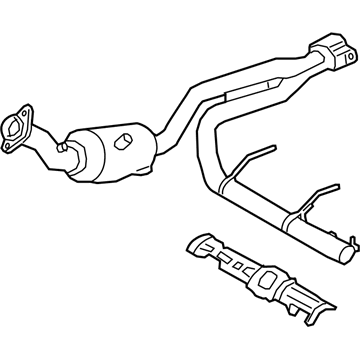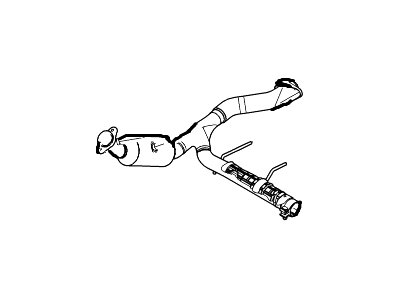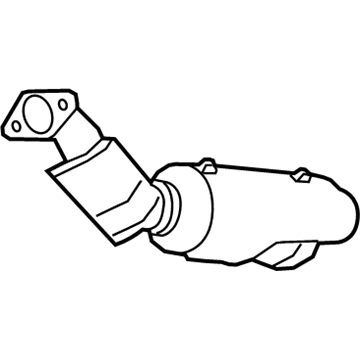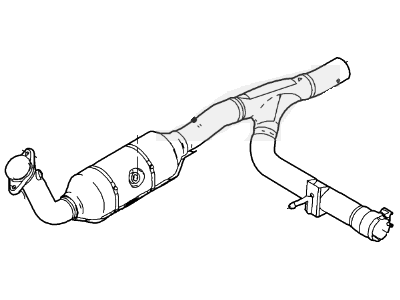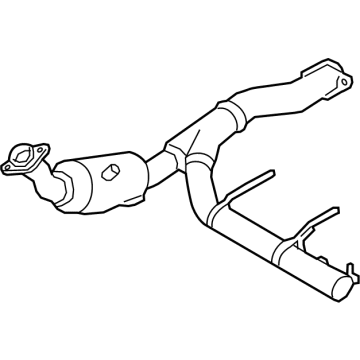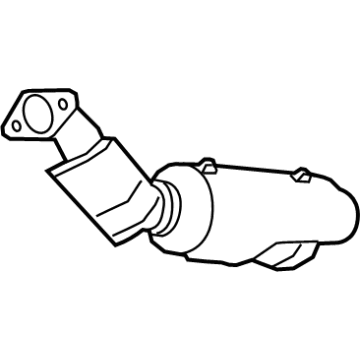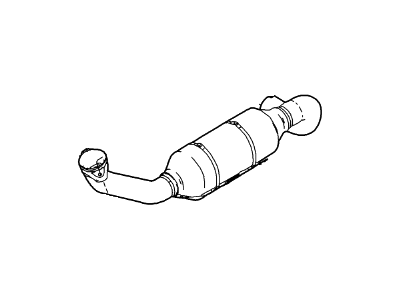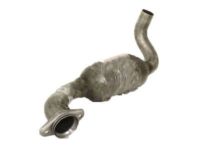

My Garage
My Account
Cart
Genuine Ford F-150 Catalytic Converter
Cat. Converter- Select Vehicle by Model
- Select Vehicle by VIN
Select Vehicle by Model
orMake
Model
Year
Select Vehicle by VIN
For the most accurate results, select vehicle by your VIN (Vehicle Identification Number).
199 Catalytic Converters found
Ford F-150 Catalytic Converter
Part Number: FL3Z-5E212-G$807.94 MSRP: $1017.14You Save: $209.20 (21%)Ford F-150 Catalytic Converter Assembly
Part Number: GL3Z-5E212-B$856.10 MSRP: $1078.57You Save: $222.47 (21%)Ford F-150 Catalytic Converter Assembly
Part Number: GL3Z-5E212-A$613.44 MSRP: $647.14You Save: $33.70 (6%)Ford F-150 Catalytic Converter Assembly
Part Number: CL3Z-5E212-A$909.86 MSRP: $1147.14You Save: $237.28 (21%)Ships in 1-3 Business DaysFord F-150 Catalytic Converter Assembly
Part Number: FL3Z-5E212-A$613.44 MSRP: $647.14You Save: $33.70 (6%)Ford F-150 Catalytic Converter Assembly
Part Number: 9L1Z-5E212-B$1314.18 MSRP: $1662.86You Save: $348.68 (21%)Ships in 1-3 Business DaysFord F-150 Catalytic Converter
Part Number: AL3Z-5E212-G$1010.66 MSRP: $1275.71You Save: $265.05 (21%)Ships in 1-3 Business DaysFord F-150 Converter Assembly
Part Number: JL3Z-5F250-A$1308.29 MSRP: $1774.14You Save: $465.85 (27%)Ships in 1-3 Business DaysFord F-150 Catalytic Converter Assembly
Part Number: JL3Z-5E212-L$1020.74 MSRP: $1288.57You Save: $267.83 (21%)Ford F-150 Catalytic Converter
Part Number: 9L3Z-5E212-F$1432.28 MSRP: $1907.14You Save: $474.86 (25%)Ships in 1-3 Business DaysFord F-150 Catalytic Converter Assembly
Part Number: HL3Z-5E212-E$544.99 MSRP: $675.71You Save: $130.72 (20%)Ships in 1-3 Business DaysFord F-150 Catalytic Converter Assembly
Part Number: 8L3Z-5E212-S$1348.20 MSRP: $1872.87You Save: $524.67 (29%)Ships in 1-3 Business DaysFord F-150 CONVERTER ASY
Part Number: ML3Z-5E212-T$1139.31 MSRP: $1543.14You Save: $403.83 (27%)Ships in 1-2 Business DaysFord F-150 CONVERTER ASY
Part Number: ML3Z-5E212-D$584.54 MSRP: $770.00You Save: $185.46 (25%)Ships in 1-2 Business DaysFord F-150 Catalytic Converter Assembly
Part Number: FL3Z-5E212-C$848.26 MSRP: $1068.57You Save: $220.31 (21%)Ships in 1-3 Business DaysFord F-150 Catalytic Converter Assembly
Part Number: FL3Z-5E212-J$856.10 MSRP: $1078.57You Save: $222.47 (21%)Ford F-150 Catalytic Converter Assembly
Part Number: JL3Z-5E212-G$937.00 MSRP: $1266.57You Save: $329.57 (27%)Ships in 1-3 Business DaysFord F-150 CONVERTER ASY
Part Number: ML3Z-5E212-LA$737.38 MSRP: $927.14You Save: $189.76 (21%)Ships in 1-2 Business DaysFord F-150 Catalytic Converter Assembly
Part Number: JL3Z-5E212-F$1008.42 MSRP: $1080.00You Save: $71.58 (7%)
| Page 1 of 10 |Next >
1-20 of 199 Results
Ford F-150 Catalytic Converter
Catalytic Converter as a part of exhaust and emissions in Ford F-150 is a device that is meant to reduce hazardous gases that are emitted during burning of fuel, into less dangerous substances. It mainly alters Carbon Monoxide (CO), Hydrocarbons (HC) and Oxides of Nitrogen (NOx) into water, Carbon dioxide (CO2) and Nitrogen (N2 using chemical reactions with the assistance of catalyst which generally includes platinum, palladium, and rhodium. Since its operations began, good Ford F-150 models used various forms of Catalytic Converters such as three ways and the dual-bed. The three way catalytic converter requires a three stepped operation of treating CO and HC while also containing NOx emissions through an oxygen sensor that regulates the air fuel ratio. On the other hand, the dual-bed converter centers on the two-step process to reduce emission of nitrogen oxides and unburned fuel. These catalytic converters for vehicles have been design and manufactured in such a way in order to improve their efficiency while still conforming to environmental requirements.
We provide a wide range of Ford F-150 Catalytic Converter at the best prices possible. If you need Ford F-150 Catalytic Converter, you can shop with confidence on our website. All our OEM parts come with a manufacturer's warranty and are delivered to your door step with a fast delivery service.
Ford F-150 Catalytic Converter Parts Questions & Experts Answers
- Q: What is the general description and function of a catalytic converter on Ford F-150?A:The catalytic converter is an emission control device in the exhaust system that reduces pollutants from exhaust gases, with two types, The oxidation catalyst reduces the hydrocarbon and carbon monoxide pollutant by combining with oxygen to form water vapor and carbon dioxide whereas the reduction catalyst reduces the oxide of nitogen pollutant by stripping off the oxygen to give nitrogen and oxygen. These catalysts are frequently integrated to form a so-called three-way catalyst covering all the codes. The working of the catalyst is based on the volume of oxygen that is fed to it; a perfect combination of air and fuel is 14.7,1. If the air/fuel ratio is too lean the catalyst can charge itself with oxygen or too rich a mixture and the oxygen holding capacity is used up. Oxygen can be stored on the catalyst and this depletes with time, the PCM later measures it with upstream and downstream Oxygen Sensors. When the content of oxygen in the exhaust gases tend to be more than a specific level, a Diagnostic Trouble Code is registered and the Malfunction Indicator Light Lamp comes on. To perform the renowned check on a faulty catalytic converter usually needs some sophisticated tools, hence people are advised to consult an expert technician. Routine check-up for the presence of the leaks, corrosion, and damages is advised each time the car is being worked on. Despite these, instances of failure are exceptional, but plugged converters can be realized, while a vacuum gauge will indicate restrictions in the exhaust system. To remove a suspect converter, install a vacuum gauge with an intake manifold vacuum source, bring the engine to temp, and note vacuum at idle then with the throttle cracked. If the reading drops greatly in the subsequent tests, then probably the possibility of restriction is there. For replacement, safely lift the car, then loosen and unscrew the oxygen sensors, so that they can be replaced without being damaged. Undo the nut on the clamp holding the crossover pipe to allow the catalyst assemblies to be split then remove the nut holding the upper mounting flange to the exhaust manifold. Last of all, unbolt the catalyst assembly from the exhaust manifold, crossover pipe, and entire exhaust system and the rest are the installation procedures performed in sequence of the removal.
Related Ford F-150 Parts
Browse by Year
2023 Catalytic Converter 2022 Catalytic Converter 2021 Catalytic Converter 2020 Catalytic Converter 2019 Catalytic Converter 2018 Catalytic Converter 2017 Catalytic Converter 2016 Catalytic Converter 2015 Catalytic Converter 2014 Catalytic Converter 2013 Catalytic Converter 2012 Catalytic Converter 2011 Catalytic Converter 2010 Catalytic Converter 2009 Catalytic Converter 2008 Catalytic Converter 2007 Catalytic Converter 2006 Catalytic Converter 2005 Catalytic Converter 2004 Catalytic Converter
